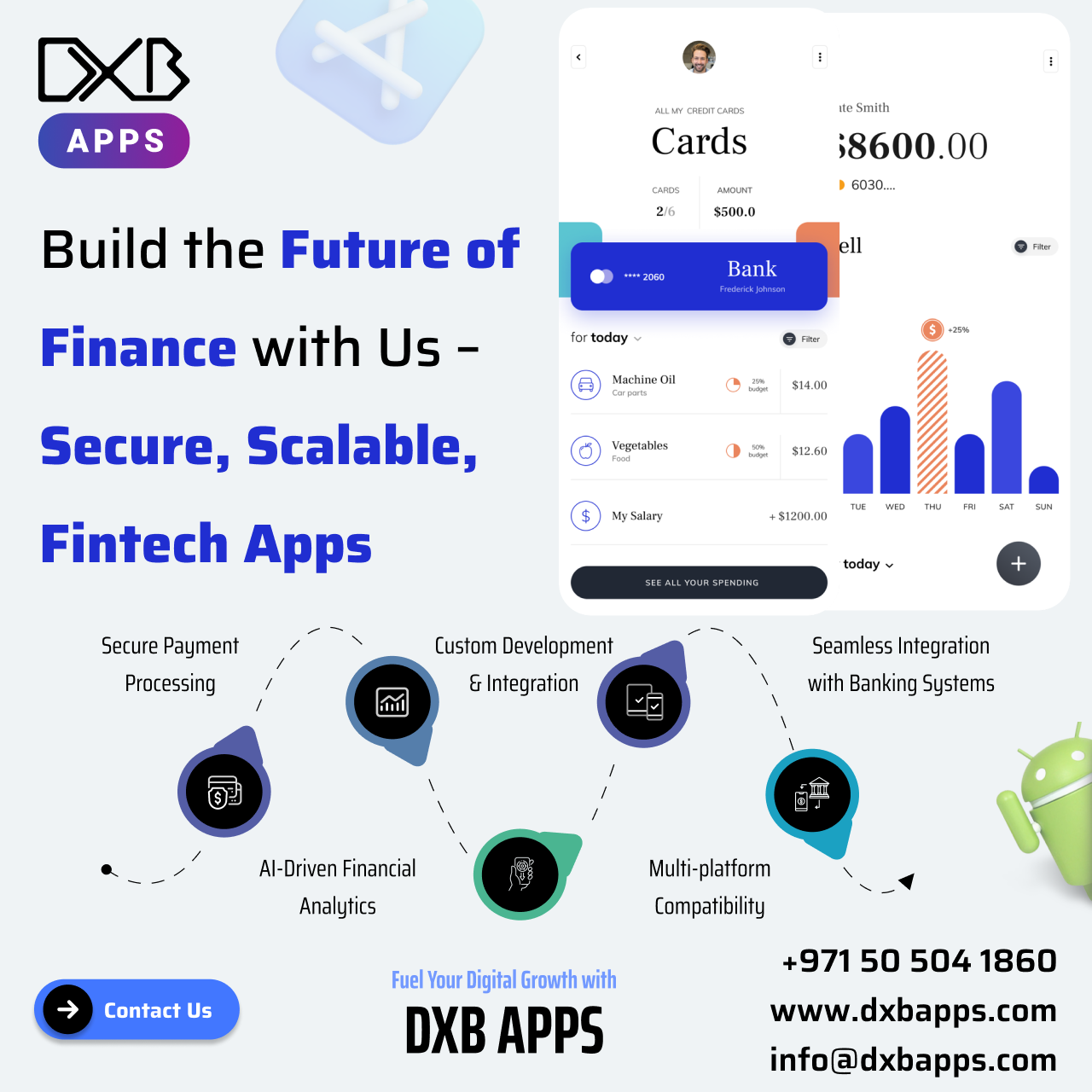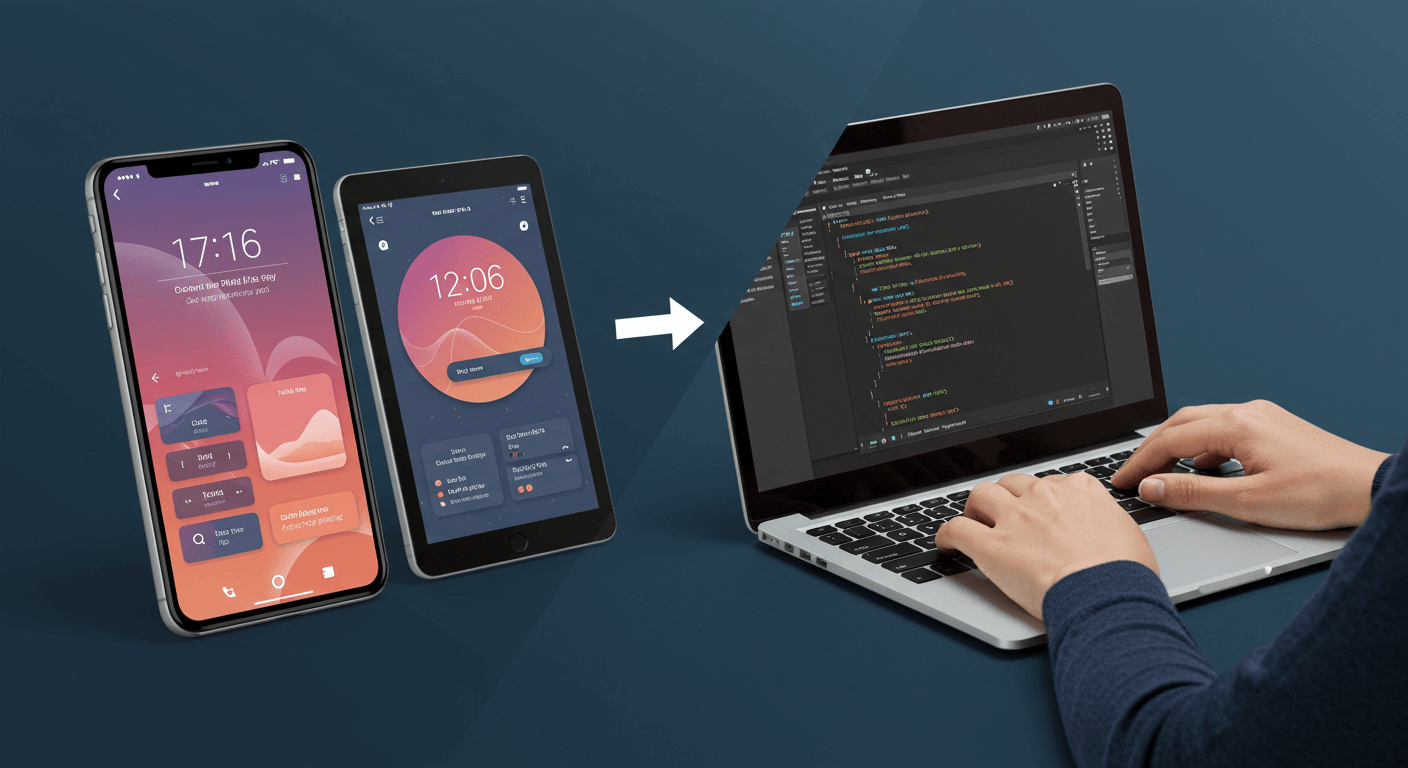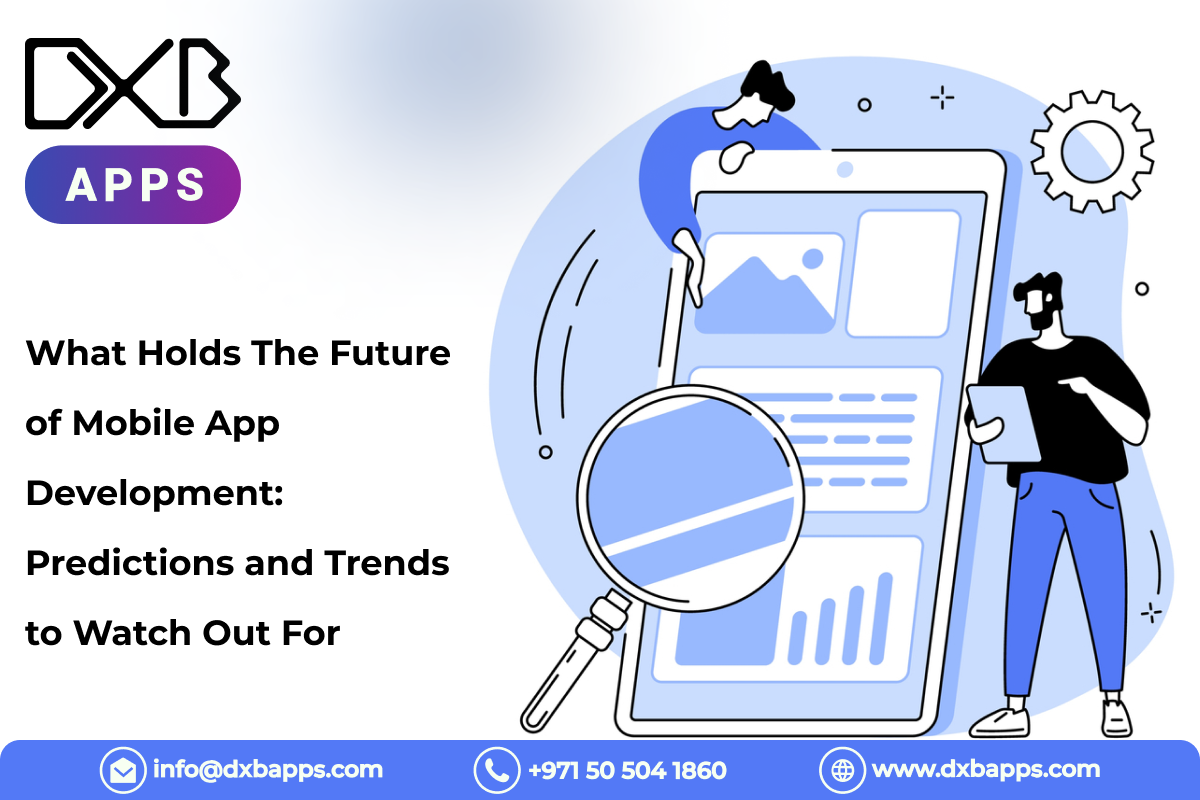Why Flutter App Development is Dominating the Cross-Platform Market in 2025

In the rapidly evolving mobile app landscape, performance, speed, and seamless user experience are the focal points of innovation. As companies shift gears to go mobile-first, flutter app development is the first preference for startups and enterprises alike. Why? Because it's budget-friendly, faster time-to-market, and robust developer community.
✍️ Design plays a huge role in user retention. Learn how UI/UX design in app development shapes user experiences and impacts success rates.
But why, precisely, is there such a rush for Flutter? And why are developers all over the world betting big on it for future-proof cross-platform applications?
Let's find out.
The Rise of Flutter: Not a Fad, But a Transformation
Flutter, offered by Google, is not just a framework—it's a whole set of tools for crafting stunning, natively compiled mobile, web, desktop, and even embedded apps from a single codebase.
Since its launch, Flutter has become a phenomenal hit. With the latest surveys among developers, it's now one of the top choice frameworks, overtaking some legacy tech on adoption rate.
Here's why it's important:
- One codebase, multiple platforms: Forget about keeping individual code base separate for Android and iOS.
- Native performance: Compiles into machine code, giving a silky-smooth feel.
- Customizable UI: Because it's a widget-based framework, Flutter provides total design freedom.
This freedom has turned flutter app development into a prime choice for companies wishing to offer an identical experience across numerous platforms.
Flutter App Development vs. Native Development
One of the largest issues with mobile development is keeping platform-specific codebase intact. Native development is comprised of two separate codebases—iOS (Swift or Objective-C) and Android (Kotlin or Java). Twice the effort, time, and cost.
Flutter disrupts by allowing developers to write once and run everywhere.
Let's compare:
Although native development remains relevant, particularly for high-performance applications, Flutter is better suited for the majority of business use cases—especially when budget and time are limited.
Real-World Applications of Flutter App Development
Flutter is no longer only for MVPs or prototypes. It has been adopted by a number of large-scale companies for production applications.
A few of them are:
- Google Ads: Developed by Google itself using Flutter.
- Alibaba: For providing an enhanced user experience for cross-border eCommerce.
- BMW: Flutter is employed in their infotainment system.
- eBay Motors: For quick release cycles and performance.
These businesses chose flutter app development not just for appearance, but for functional, scalable apps. From the inclusion of advanced APIs to leveraging real-time functionality, Flutter has proven itself.
Behind the Scenes: What Makes Flutter Different?
Flutter is built on the programming language Dart, created by Google. While Dart isn't as popular as JavaScript or Python, it's designed to build UIs in a hurry.
Some of the key features that have propelled Flutter to a market leader are as follows:
1. Hot Reload
Changes can be seen in real-time by developers without restarting the application. This actually speeds up the development process.
2. Rich Set of Widgets
From Material Design to Cupertino (iOS-like) widgets, Flutter has a rich set of pre-built widgets that can be infinitely customized.
3. Native Features and SDK Integration
Desire to use device capabilities like camera, GPS, or storage? Flutter simplifies it with plugins and platform channels.
4. Strong Community & Open-Source Eco-System
Supported by thousands of developers and libraries, flutter app development is facilitated by a healthy environment that grows daily.
When (and When Not) to Choose Flutter App Development
When to Use Flutter:
You are targeting both Android and iOS with an identical feature set.
Your time to market is limited and you need a faster time to market.
Your app needs a bespoke UI to look and act exactly the same on both platforms.
You don't want to incur long-term support efforts and expenses.
When Flutter May Not Be Ideal:
You need heavy integration with platform-specific APIs that lack good support from plug-ins.
Your application is extremely performance-critical, like a 3D app or AR-related app.
No Flutter and cross-platform ideology expertise within your team.
Flutter is one-size-fits-all but, like all tools, generic. Objectivity-driven assessment of business goals and technical goals will determine whether flutter app development is the future.
What's Next for Flutter in 2025?
Flutter is no longer a buzzword—it's mainstream in the tech stack. Receiving frequent updates from Google and support for newer platforms (including embedded and desktop), Flutter's future is accelerating at breakneck speed.
Trends to watch out for:
- Flutter Web and Desktop: Already available in stable channels, these make Flutter viable for full-stack solution development.
- Flutter and AI Integration: With ML-based mobile features taking center stage, expect even greater integration with TensorFlow and in-device AI features.
- Low-Code/No-Code Support: Flutter is venturing into visual development platforms, and this makes it within reach.
What this means is that flutter app development is not only going to remain relevant but begin becoming the skill of preference in the next few years.
Last Words
Flutter isn't a passing tech trend—it's a sign of the way the world of app development has evolved. Companies require efficiency, programmers require convenience, and customers require performance. Flutter somehow does all three.
If you're learning about mobile solutions in 2025, it's time to take Flutter seriously—not as a framework, but as a platform upon which to develop your digital destiny.
Note: IndiBlogHub features both user-submitted and editorial content. We do not verify third-party contributions. Read our Disclaimer and Privacy Policyfor details.







